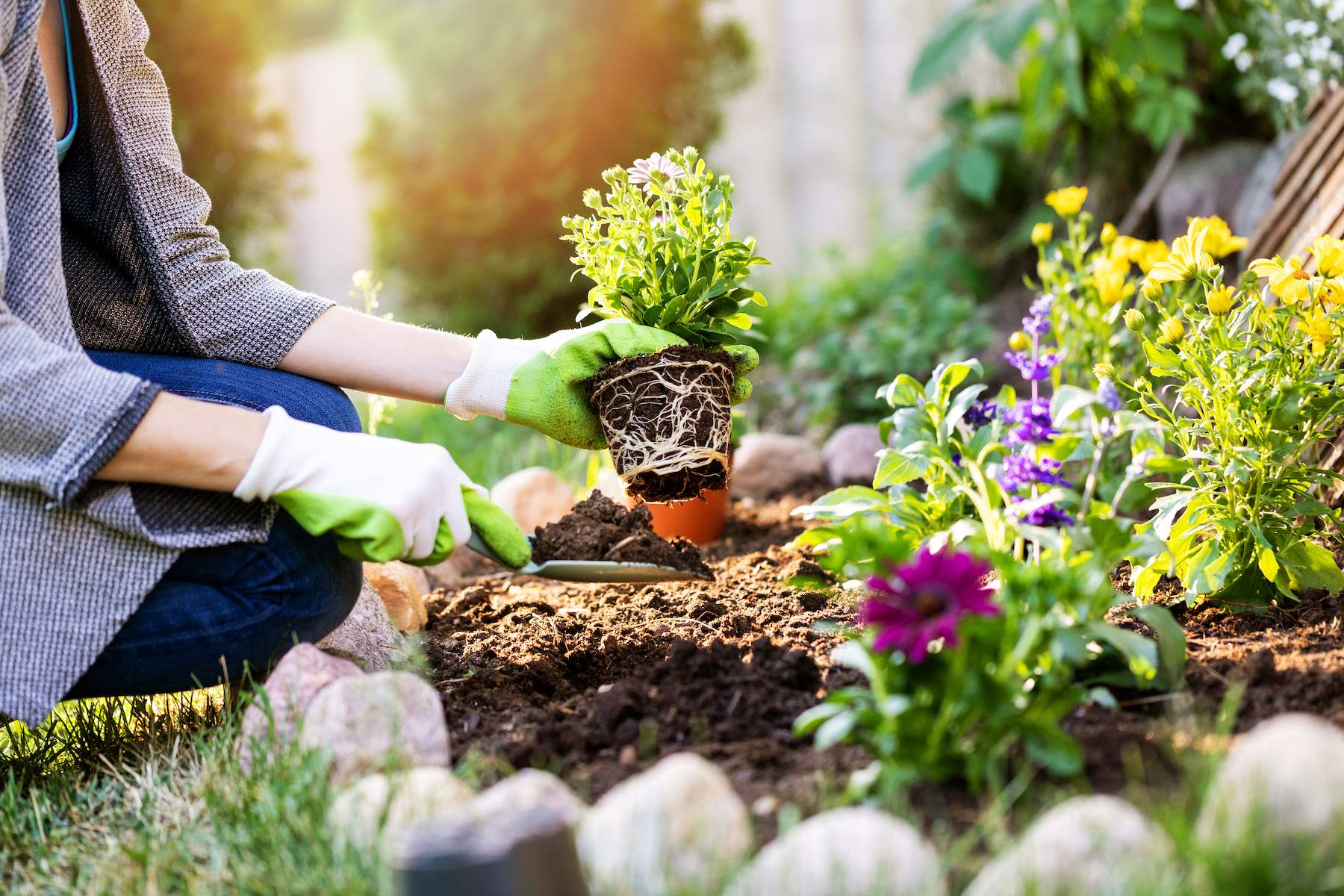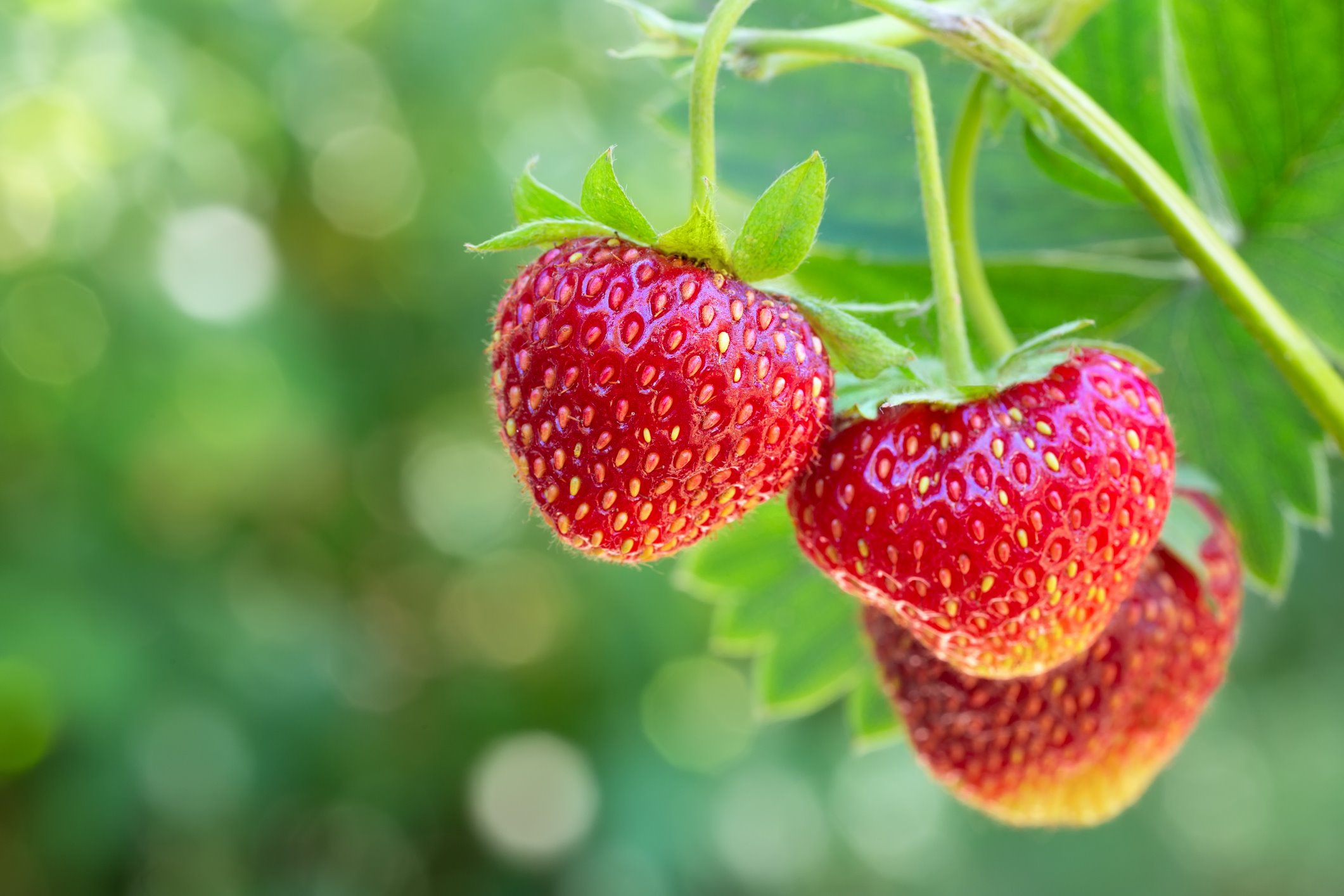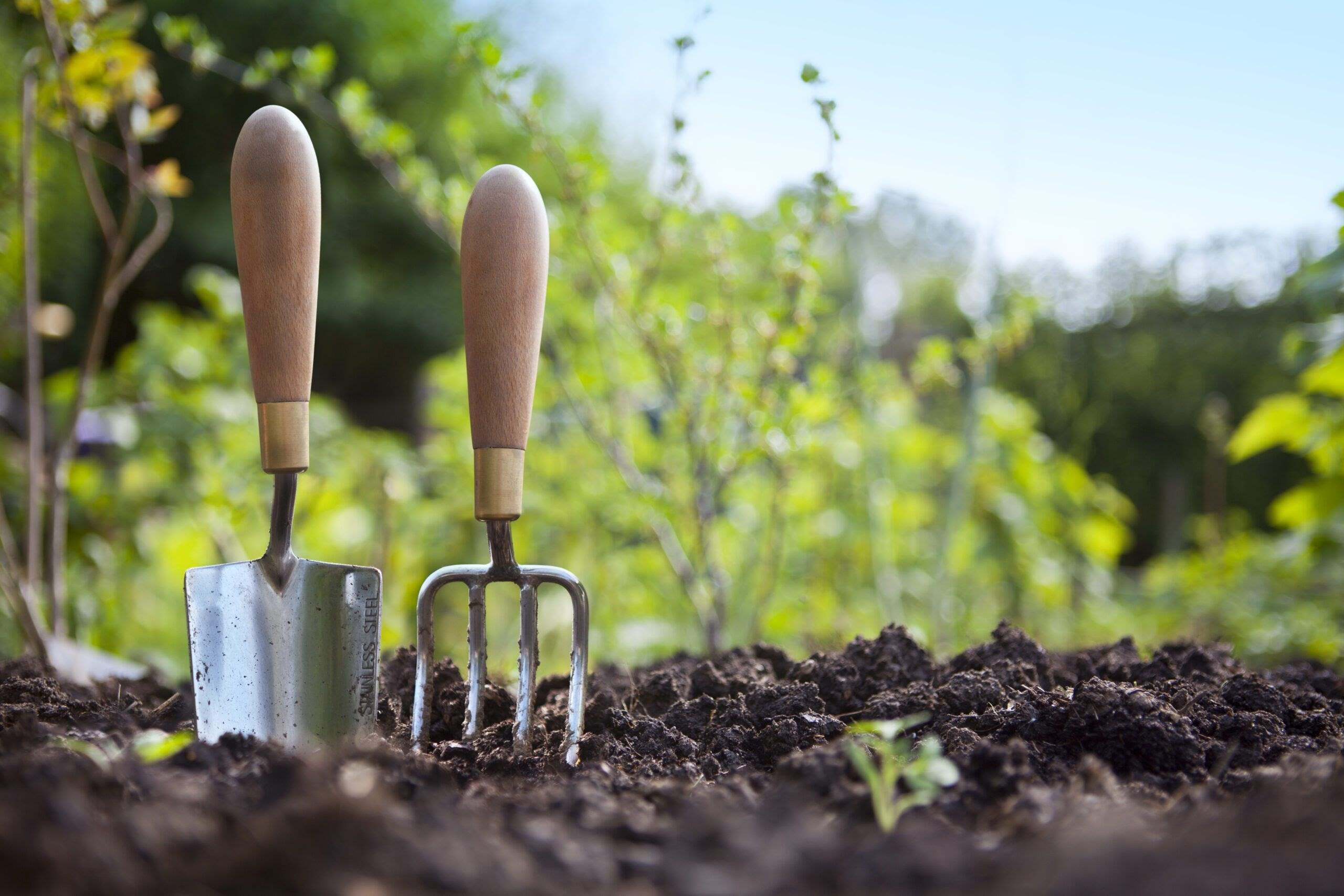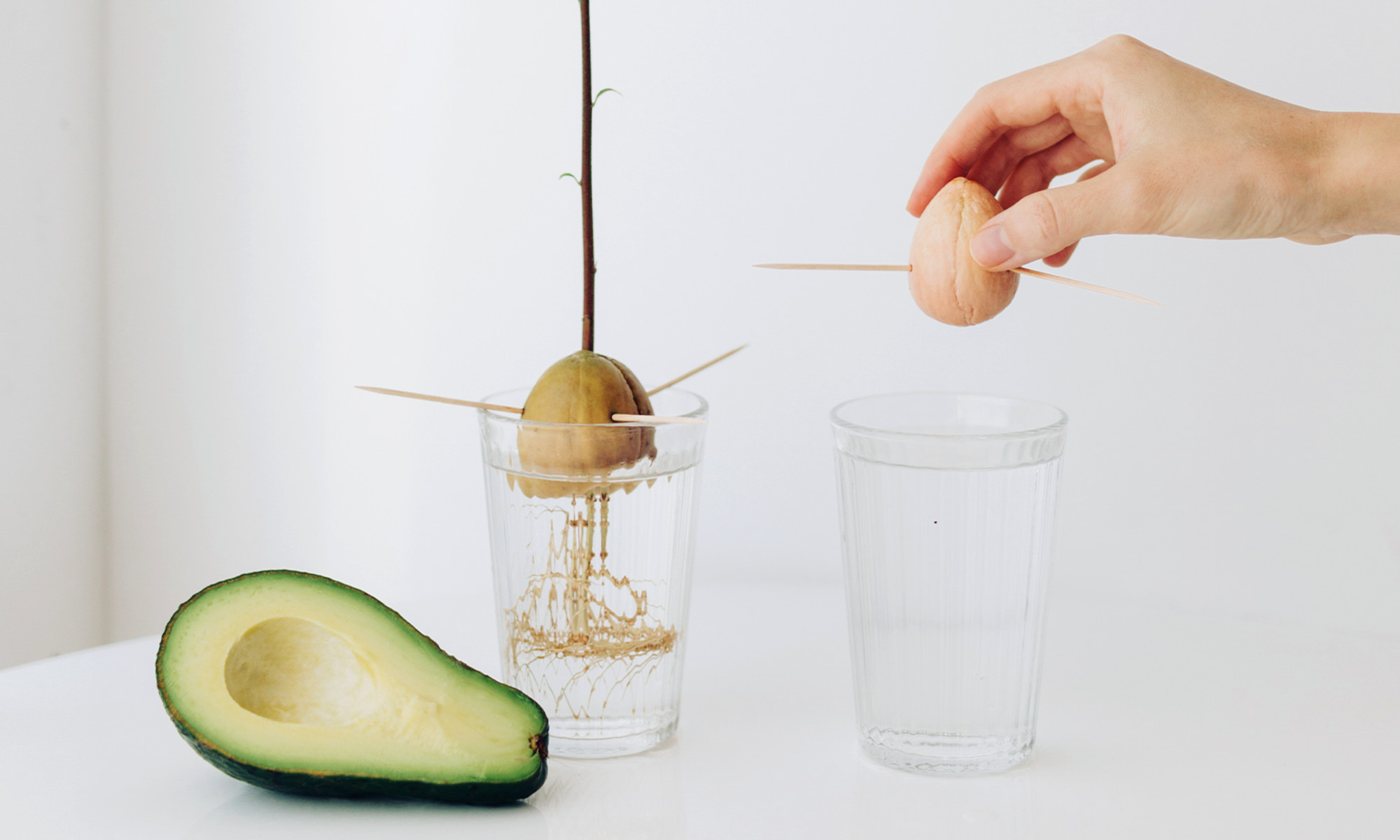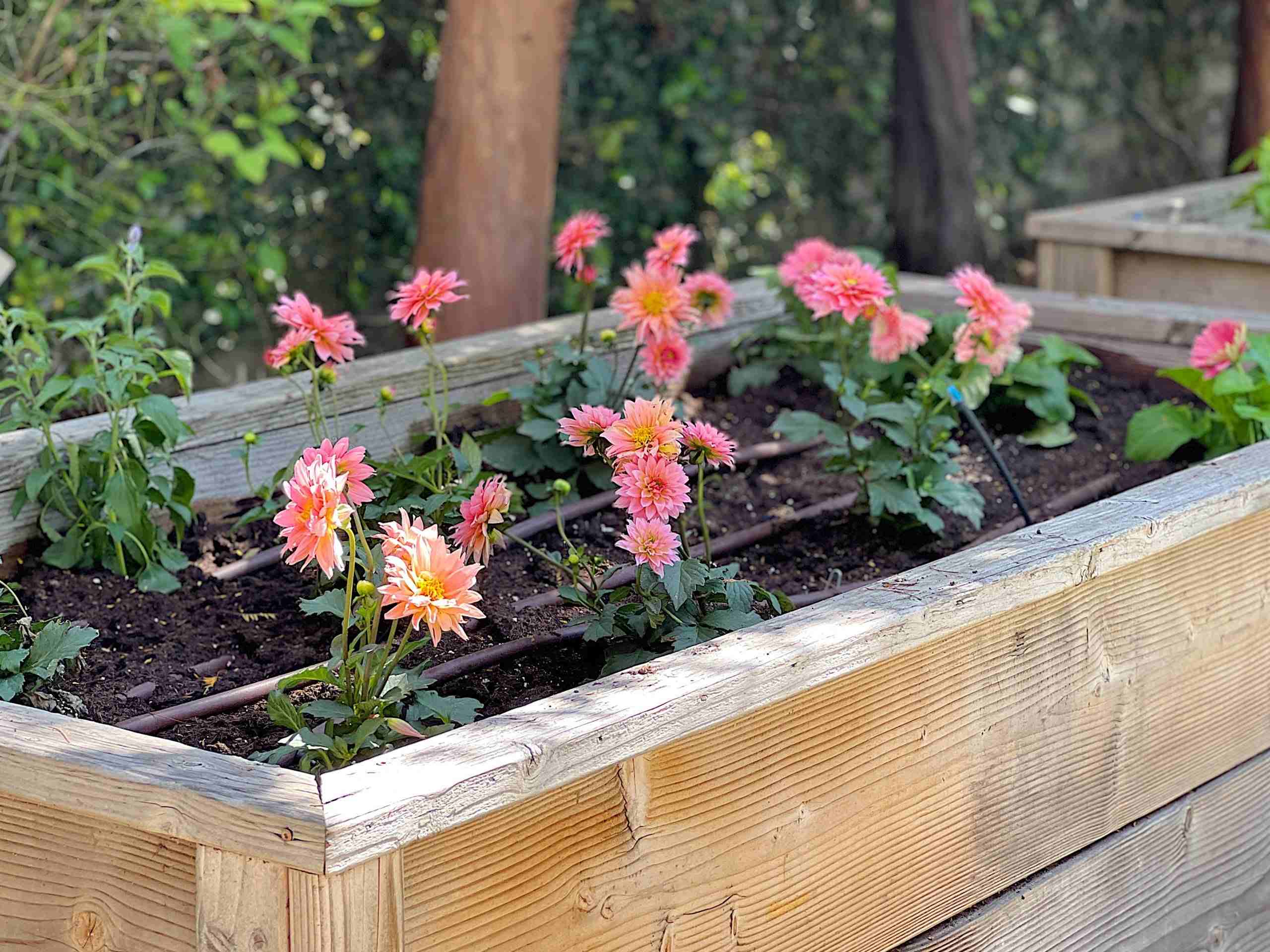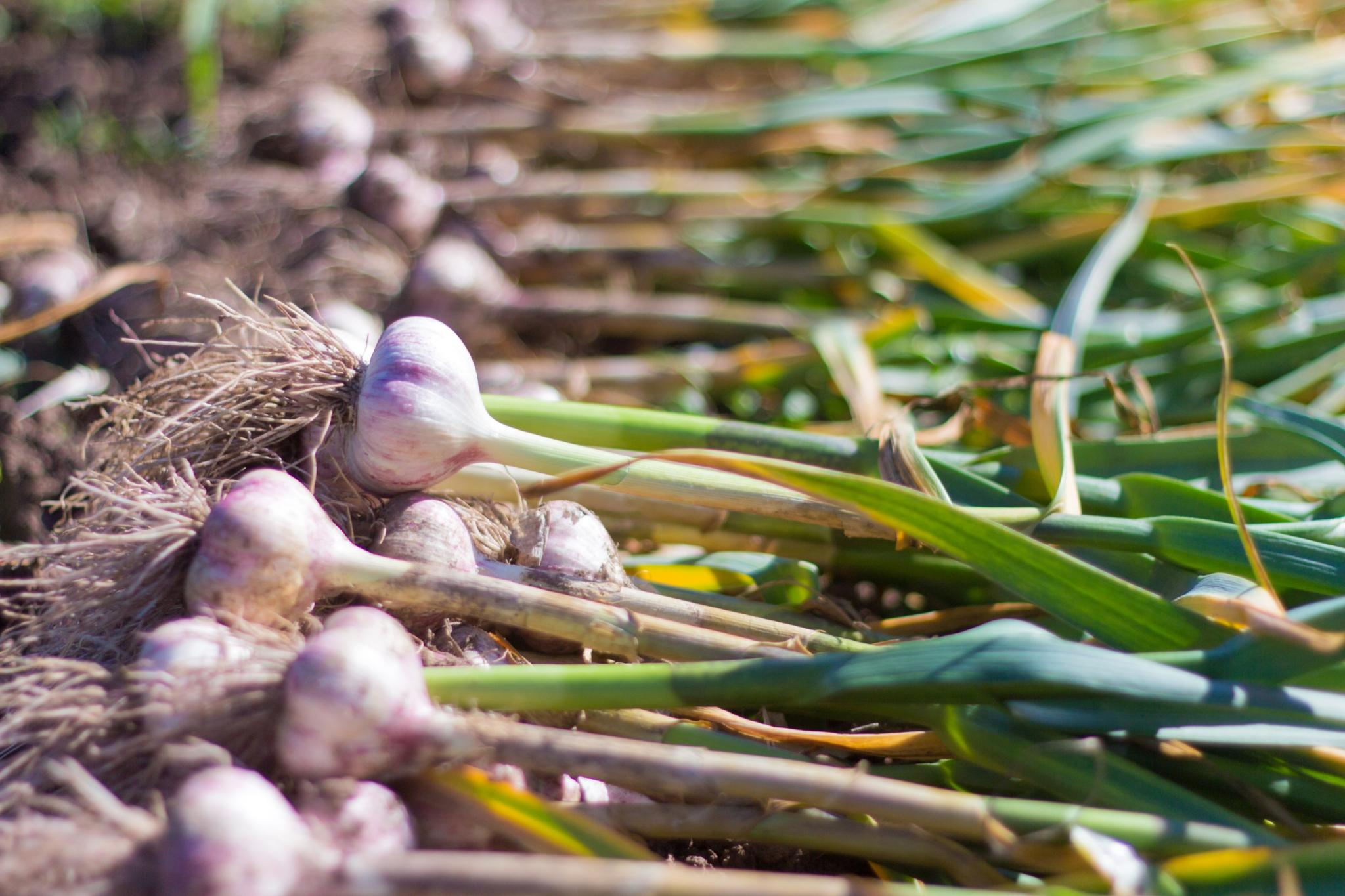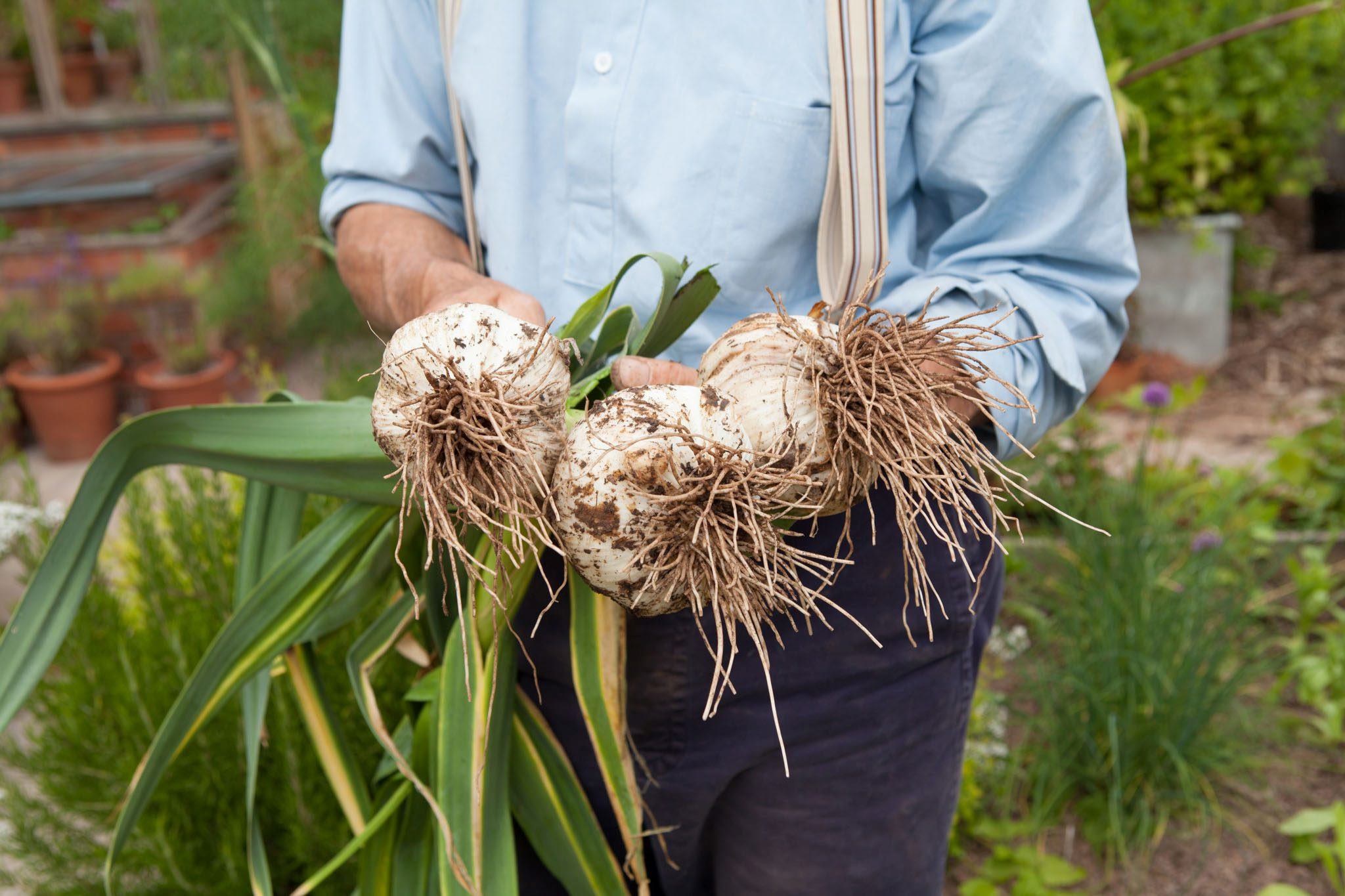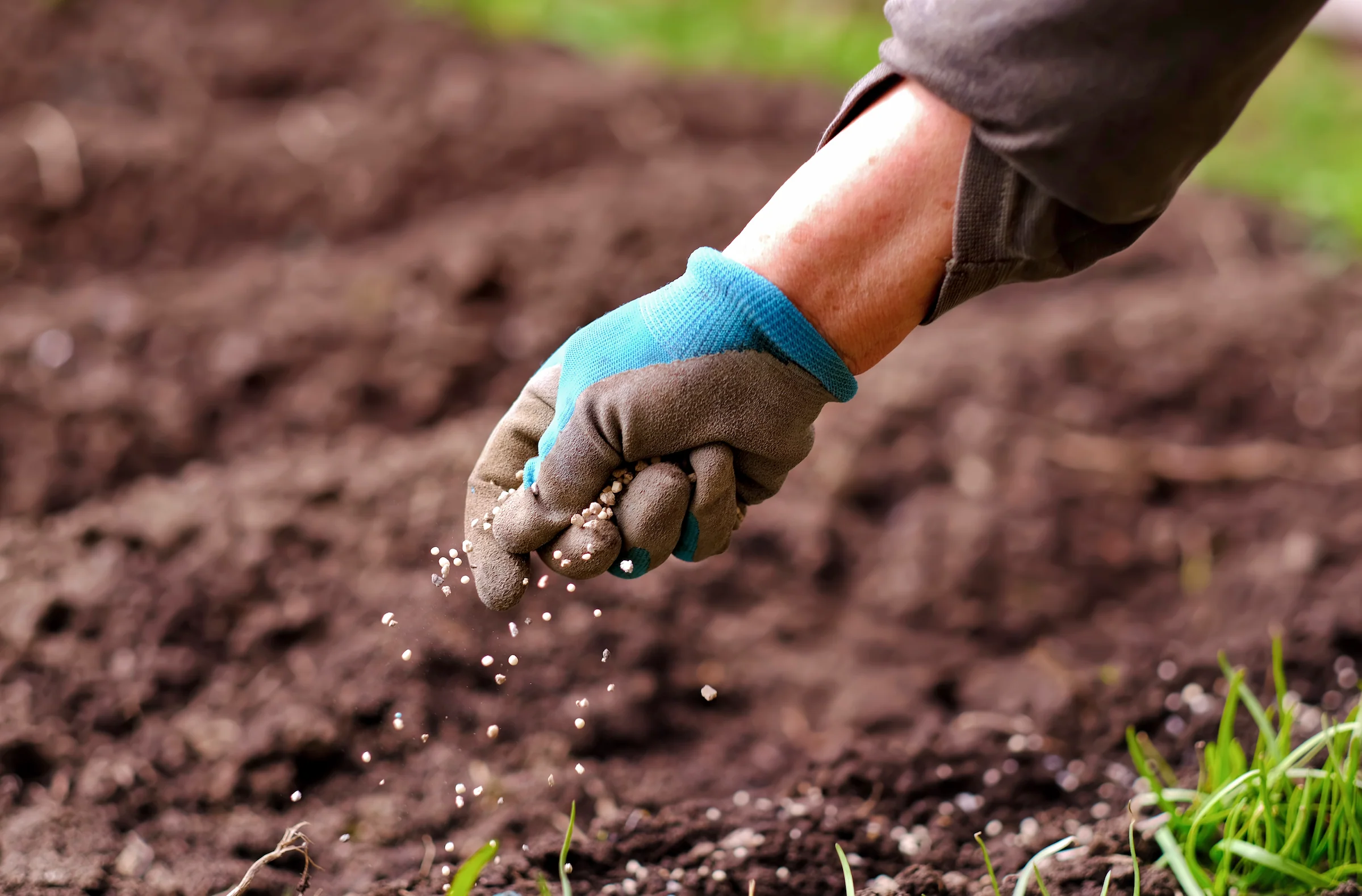Home>Gardening Techniques>Plant Care>How To Prepare Garlic Cloves For Planting
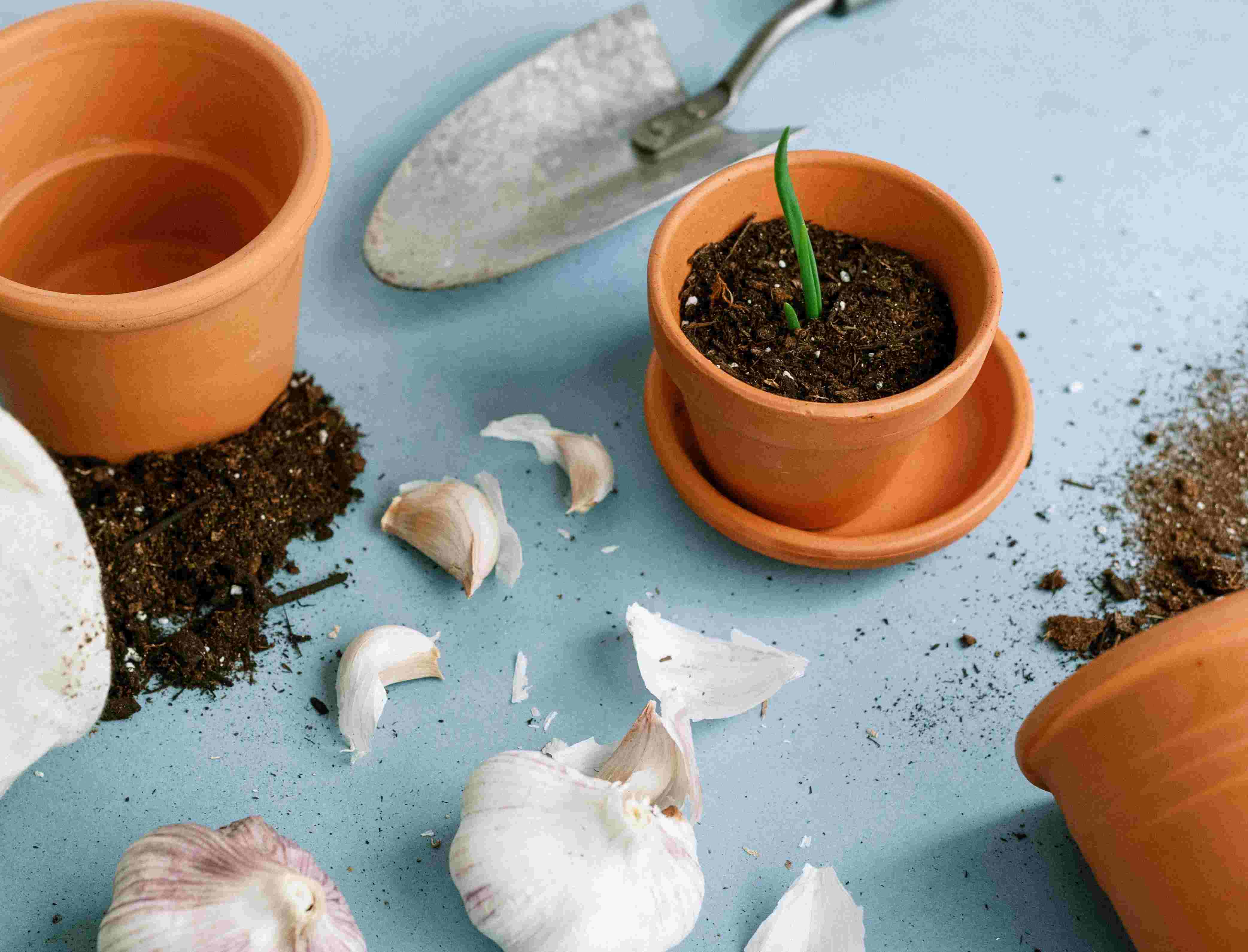

Plant Care
How To Prepare Garlic Cloves For Planting
Modified: January 22, 2024
Learn how to properly prepare garlic cloves for planting and ensure optimal plant care. Discover expert tips and techniques to maximize your garlic harvest.
(Many of the links in this article redirect to a specific reviewed product. Your purchase of these products through affiliate links helps to generate commission for Chicagolandgardening.com, at no extra cost. Learn more)
Table of Contents
- Introduction
- Step 1: Selecting Garlic Cloves
- Step 2: Preparing the Planting Area
- Step 3: Breaking apart the Garlic Bulbs
- Step 4: Inspecting and Discarding Unhealthy Cloves
- Step 5: Soaking the Garlic Cloves
- Step 6: Planting the Garlic Cloves
- Step 7: Mulching and Watering the Garlic Bed
- Step 8: Caring for the Garlic Plants
- Step 9: Harvesting Garlic Cloves
- Conclusion
Introduction
Welcome to the world of plant care! If you’re a plant enthusiast or looking to start your own garden, understanding how to properly care for your plants is crucial. One plant that deserves extra attention is the garlic plant. Garlic is not only a versatile ingredient in the culinary world, but it also has incredible health benefits. Growing your own garlic ensures that you have a fresh supply of this aromatic herb right at your fingertips.
Before you can start growing garlic, it is essential to know how to prepare garlic cloves for planting. Proper preparation ensures that your garlic plants get off to a great start and produce a bountiful harvest. In this article, we will guide you through the step-by-step process of preparing garlic cloves for planting, ensuring the best possible outcome for your garlic bed.
From selecting the right cloves to caring for the plants as they grow, we will cover all the necessary steps to help you successfully grow garlic. So, whether you are a seasoned gardener or just starting your plant care journey, this article will provide you with the knowledge you need to prepare garlic cloves for planting and enjoy a thriving garlic bed.
Step 1: Selecting Garlic Cloves
The first step in preparing garlic cloves for planting is selecting the right cloves. When choosing garlic cloves, it’s important to select healthy, disease-free bulbs. Look for bulbs that are firm and plump, with no signs of mold or soft spots.
It’s recommended to purchase garlic bulbs from a reputable source or a local nursery. This ensures that the cloves are of good quality and suitable for planting. If possible, choose organic garlic bulbs to avoid any exposure to pesticides or chemicals.
When selecting garlic cloves, opt for the largest cloves you can find. Larger cloves have a higher chance of producing larger bulbs when harvested. However, if you’re working with limited space or are looking for a milder flavor, smaller cloves can also be viable options.
While you can purchase garlic cloves from a store, it’s also common for gardeners to use the cloves from their previous harvest. These cloves are known as “seed garlic” and can produce excellent results if stored properly. Just ensure that the seed garlic is healthy, free from any damage or signs of disease.
Take your time in selecting the garlic cloves, as this will have a direct impact on the success of your garlic bed. High-quality cloves will give your plants a head start and increase the chances of a successful harvest.
Step 2: Preparing the Planting Area
Once you have selected your garlic cloves, it’s time to prepare the planting area. Garlic thrives in well-drained soil with plenty of organic matter. Here are the steps to prepare the planting area:
- Choose the Right Spot: Find a location in your garden that receives full sun. Garlic needs at least six hours of direct sunlight daily to grow and develop properly.
- Clear the Area: Remove any weeds or existing vegetation from the planting area. Garlic plants do not like competition, so it’s crucial to ensure no other plants are growing in the designated spot.
- Prepare the Soil: Garlic prefers soil with a pH level of 6.0 to 7.0. Test the soil’s pH using a soil testing kit, and amend it if necessary. Add organic matter such as compost or aged manure to improve soil fertility and drainage.
- Loosen the Soil: Use a garden fork or tiller to loosen the soil to a depth of 8-10 inches. This will help the garlic roots penetrate easily and promote healthy growth.
- Remove Rocks and Debris: Clear the planting area of any rocks, sticks, or other debris that can hinder the garlic’s growth or potentially damage the bulbs.
By properly preparing the planting area, you create the ideal environment for your garlic plants to thrive. Adequate sunlight, well-drained soil, and nutrient-rich organic matter will set the stage for healthy garlic growth and a bountiful harvest.
Step 3: Breaking apart the Garlic Bulbs
After preparing the planting area, the next step is to break apart the garlic bulbs into individual cloves. This process is essential for planting each clove separately, allowing them to develop into individual garlic plants. Here’s how you can break apart the garlic bulbs:
- Gently Separate the Bulbs: Start by carefully separating the cloves from the main garlic bulb. Be gentle to avoid damaging the cloves or breaking off the basal plate, as this can hinder the growth of the plant.
- Remove the Outer Layers: Once the cloves are separated, peel off the outer layers of skin. The skin should come off easily, revealing the clean and intact cloves below.
- Leave the Papery Skin Intact: While you remove the outer layers, it’s important to leave the papery skin that covers each individual clove. This thin skin acts as a protective layer and helps retain moisture for the developing roots.
It’s important to note that you should break apart the garlic bulbs just before planting. If you break them apart too early, the cloves may dry out or become susceptible to disease. Freshly broken cloves have a higher chance of sprouting and producing healthy garlic plants.
Breaking apart the garlic bulbs into cloves is a crucial step in the planting process. By ensuring each clove is intact and free from any damage, you set the stage for successful germination and the growth of strong garlic plants.
Step 4: Inspecting and Discarding Unhealthy Cloves
Once you have broken apart the garlic bulbs and have a pile of individual cloves, it’s essential to inspect them closely for any signs of damage or disease. This step is crucial to ensure that you are planting only healthy cloves, which will result in robust and disease-free garlic plants. Here’s how to inspect and discard unhealthy cloves:
- Examine Each Clove: Take the time to carefully examine each clove. Look for any visible signs of damage, such as mold, discoloration, or soft spots. Discard any cloves that show these signs, as they are likely to have diseases that could spread to other cloves or affect the overall health of the garlic bed.
- Check for Lateral Bulbs: Some cloves may have small lateral bulbs growing from the basal plate. These small bulbs can divert energy from the main clove and hinder its growth. It’s best to remove these bulbs to ensure that the main clove receives all the necessary nutrients for optimal development.
- Squeeze for Firmness: Gently squeeze each clove to check for firmness. Healthy cloves should feel firm to the touch, indicating that they are plump and have a good chance of sprouting. If any cloves feel soft or mushy, it’s advisable to discard them as they may be rotting or infected.
Inspecting and discarding unhealthy cloves is a crucial step in ensuring the success of your garlic planting. By being thorough in your examination, you can prevent the spread of diseases and ensure that only the healthiest cloves are planted, resulting in strong and productive garlic plants.
Step 5: Soaking the Garlic Cloves
Soaking the garlic cloves before planting can provide several benefits for their growth and development. This step helps to stimulate germination, soften the outer skin, and reduce the risk of fungal or bacterial infection. Here’s how to properly soak the garlic cloves:
- Prepare a Soaking Solution: Fill a container with lukewarm water. You can add natural additives such as seaweed extract or compost tea to enhance the soaking solution’s effectiveness.
- Submerge the Cloves: Place the garlic cloves into the soaking solution, ensuring that they are fully submerged. Let them soak for approximately 12 to 24 hours, allowing the water to penetrate the cloves.
- Stir Occasionally: During the soaking process, gently stir the cloves every few hours. This helps to ensure that all sides of the cloves receive equal soaking time and allows for better water absorption.
- Remove and Dry: After the soaking period is complete, remove the cloves from the solution and place them on a clean, dry surface. Allow the cloves to air dry for a few hours, ensuring that excess moisture is removed before planting.
Soaking the garlic cloves provides a head start for their growth by awakening the dormant plants and softening the outer skin. This process also helps to reduce the risk of fungal or bacterial diseases during the early stages of growth.
Before planting the soaked cloves, make sure to keep them in a cool and dry place until you are ready to move on to the next step of planting. Soaking the garlic cloves is a simple yet effective method that can greatly contribute to the success of your garlic bed.
Step 6: Planting the Garlic Cloves
Now that you’ve prepared and soaked your garlic cloves, it’s time to plant them in the designated area. Proper planting technique is crucial for ensuring the cloves establish strong roots and grow into healthy plants. Here’s how to plant your garlic cloves:
- Choose the Right Planting Depth: Dig holes in the planting area that are approximately 2 to 3 inches deep. The depth may vary depending on your specific garlic variety, so refer to the packaging or consult a gardening guide for accurate information.
- Space the Cloves: Place each garlic clove in the hole, pointed end up, and root end down. Ensure that the cloves are spaced about 4 to 6 inches apart to allow adequate room for growth.
- Cover and Firm the Soil: Gently cover the cloves with soil, ensuring they are completely submerged in the ground. Lightly press down on the soil to firm it around the cloves and remove any air pockets.
- Mark the Rows: If you’re planting multiple rows of garlic cloves, it’s helpful to mark each row with stakes or string. This makes it easier to identify and care for the garlic plants as they grow.
When planting garlic, it’s important to consider the timing. Garlic is typically planted in the fall, allowing the cloves to establish roots before winter dormancy. However, depending on your climate, you may also have success planting in early spring. Research the best planting time for your specific region and garlic variety.
By following proper planting techniques, you set the foundation for strong and healthy garlic plants. Planting the cloves at the right depth, spacing them adequately, and ensuring proper soil contact will give your garlic the best chance of thriving.
Step 7: Mulching and Watering the Garlic Bed
After planting the garlic cloves, it’s essential to provide them with the right moisture and insulation to promote healthy growth and protect them from environmental stressors. This is achieved through mulching and proper watering techniques. Here’s how you can mulch and water your garlic bed:
- Apply Mulch: Once the garlic cloves are planted and covered with soil, apply a layer of mulch to the bed. Mulching helps to insulate the soil, maintain moisture levels, and suppress weed growth. Use organic materials such as straw, dried leaves, or wood chips, and apply a layer about 2 to 4 inches thick.
- Water Thoroughly: After mulching, water the garlic bed thoroughly. Aim for moist, but not waterlogged, soil. Watering is crucial during the initial stages of growth and during dry spells. As a general rule, provide about an inch of water per week, either through rainfall or irrigation.
- Monitor Moisture Levels: Keep a close eye on the moisture levels in the garlic bed. Garlic plants prefer evenly moist soil but can be prone to rot if overwatered. Check the soil regularly and adjust your watering schedule accordingly, ensuring that the soil remains slightly damp, but not saturated.
- Replenish Mulch: Over time, the mulch layer may break down or get displaced. To maintain insulation and weed suppression, periodically replenish the mulch layer. Add more mulch as needed, especially if you notice bare spots in the bed.
Mulching and proper watering are essential for the successful development of your garlic plants. Mulch helps regulate soil temperature, retain moisture, and reduce weed competition, while regular watering ensures consistent hydration without overwatering.
Remember to adjust your watering frequency and mulch replenishment based on your specific climate and weather conditions. By providing the right moisture and insulation, you are setting the stage for healthy garlic plants and a bountiful harvest.
Step 8: Caring for the Garlic Plants
Once your garlic plants have sprouted and are growing, they will require ongoing care to ensure their health and productivity. Caring for garlic involves a combination of proper watering, regular weeding, fertilization, and disease prevention. Here are the key aspects of caring for your garlic plants:
- Watering: Continue to monitor the moisture levels in the soil and water the garlic plants as needed. Aim to keep the soil consistently moist, but not waterlogged. Water deeply to encourage root growth and avoid shallow watering, which can lead to weak plants.
- Weeding: Regularly remove weeds from the garlic bed to prevent competition for nutrients, water, and sunlight. Be careful not to disturb the garlic plants’ shallow root system while weeding. Mulching helps suppress weed growth, but some weeds may still emerge and need to be manually removed.
- Fertilization: Apply organic fertilizer or compost around the base of the garlic plants once or twice during the growing season. This helps provide essential nutrients for healthy growth. Avoid over-fertilization, as excessive nitrogen can result in large leaves but smaller bulbs.
- Pest Control: Monitor the garlic plants for pests such as aphids, onion maggots, or nematodes. Regularly inspect the leaves and bulbs, and take appropriate measures if necessary, such as using organic insecticides or introducing beneficial insects that prey on pests.
- Disease Prevention: Garlic is generally resistant to many diseases, but it can be susceptible to fungal and bacterial infections, such as white rot or downy mildew. To prevent these diseases, ensure proper spacing between plants for good air circulation, avoid overhead watering, and promptly remove any diseased plants or leaves.
By providing consistent care, you give your garlic plants the best chance of thriving and producing healthy, flavorful bulbs. Regular monitoring, appropriate watering, effective weed control, and disease prevention will contribute to the overall success of your garlic bed.
Remember to stay attentive to the specific needs of your garlic variety and adjust your care routine accordingly. With proper care, you can enjoy a bountiful harvest of delicious, homegrown garlic.
Step 9: Harvesting Garlic Cloves
After months of dedicated care and patience, it’s finally time to harvest your garlic cloves. Harvesting at the right time ensures that the bulbs are at their peak flavor and storage potential. Here’s how to properly harvest garlic cloves:
- Observe the Leaves: Keep an eye on the garlic plants and observe the leaves. Harvesting time is typically indicated when the lower leaves start to turn yellow or brown, while the upper leaves remain green. This signifies that the bulbs have matured and are ready for harvest.
- Use a Garden Fork: To harvest the garlic bulbs, gently loosen the soil around the base of each plant using a garden fork. Be cautious not to damage the bulbs or forcefully dig too close to them.
- Lift the Bulbs: Once the soil is loosened, carefully lift the bulbs from the ground, grasping them near the base or stem. Avoid pulling on the leaves, as they can easily detach from the bulbs.
- Cure the Bulbs: After harvesting, it’s crucial to cure the garlic bulbs to increase their shelf life and enhance their flavor. Lay the bulbs in a single layer on a mesh or wire rack in a dry, well-ventilated area. Leave them to cure for about 2 to 4 weeks, away from direct sunlight.
- Trim and Store: Once the bulbs are fully cured, trim the roots and cut the stems down to about an inch above the bulb. Brush off any excess dirt but refrain from washing the bulbs, as moisture can lead to premature spoilage. Store the cured bulbs in a cool, dry place with good air circulation, such as a mesh bag or a well-ventilated container.
Harvesting garlic cloves at the right time and properly curing them ensures that you can enjoy their full flavor and extend their shelf life. Take care during the harvesting process to avoid damage to the bulbs and handle them gently to prevent any bruising or rotting.
By following these steps, you can successfully harvest your garlic cloves and savor the satisfaction of growing your own flavorful and aromatic garlic.
Conclusion
Congratulations on learning how to prepare garlic cloves for planting! By following the step-by-step process outlined in this article, you are well-equipped to start your own garlic bed and enjoy a bountiful harvest of this versatile and flavorful herb.
From selecting the right cloves and preparing the planting area to breaking apart the bulbs, soaking the cloves, and planting them with care, each step is crucial for the success of your garlic bed. Remember to provide proper care, including mulching, watering, weeding, fertilizing, and disease prevention, to ensure the health and productivity of your garlic plants.
When the time comes, harvest your garlic cloves at the right moment, and give them time to cure before trimming and storing them properly. This will allow you to enjoy the full flavor and extend the shelf life of your homegrown garlic.
Growing garlic not only provides you with a fresh supply of this aromatic herb but also allows you to experience the joy and satisfaction of nurturing plants from start to finish. Whether you’re an experienced gardener or just starting your plant care journey, growing garlic can be a rewarding and fulfilling experience.
So, roll up your sleeves, get your hands dirty, and embark on this garlic-growing adventure. With the knowledge and steps provided in this article, you have everything you need to prepare garlic cloves for planting and enjoy a successful harvest. Happy gardening!
